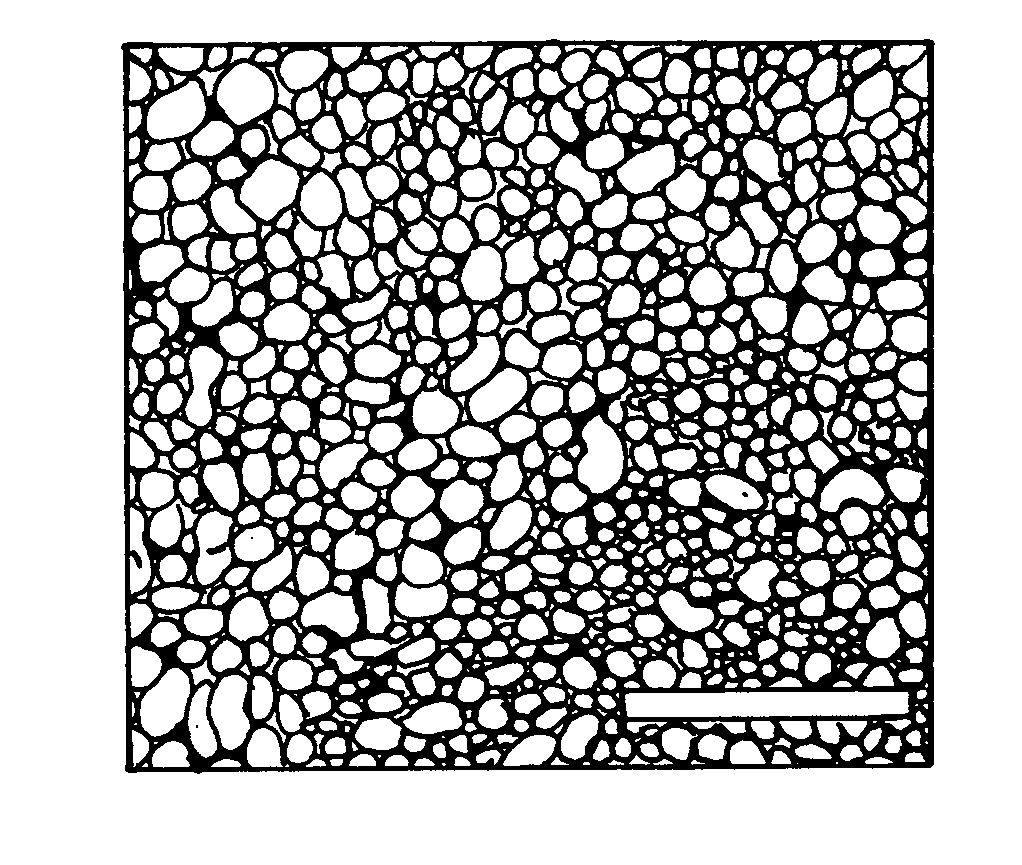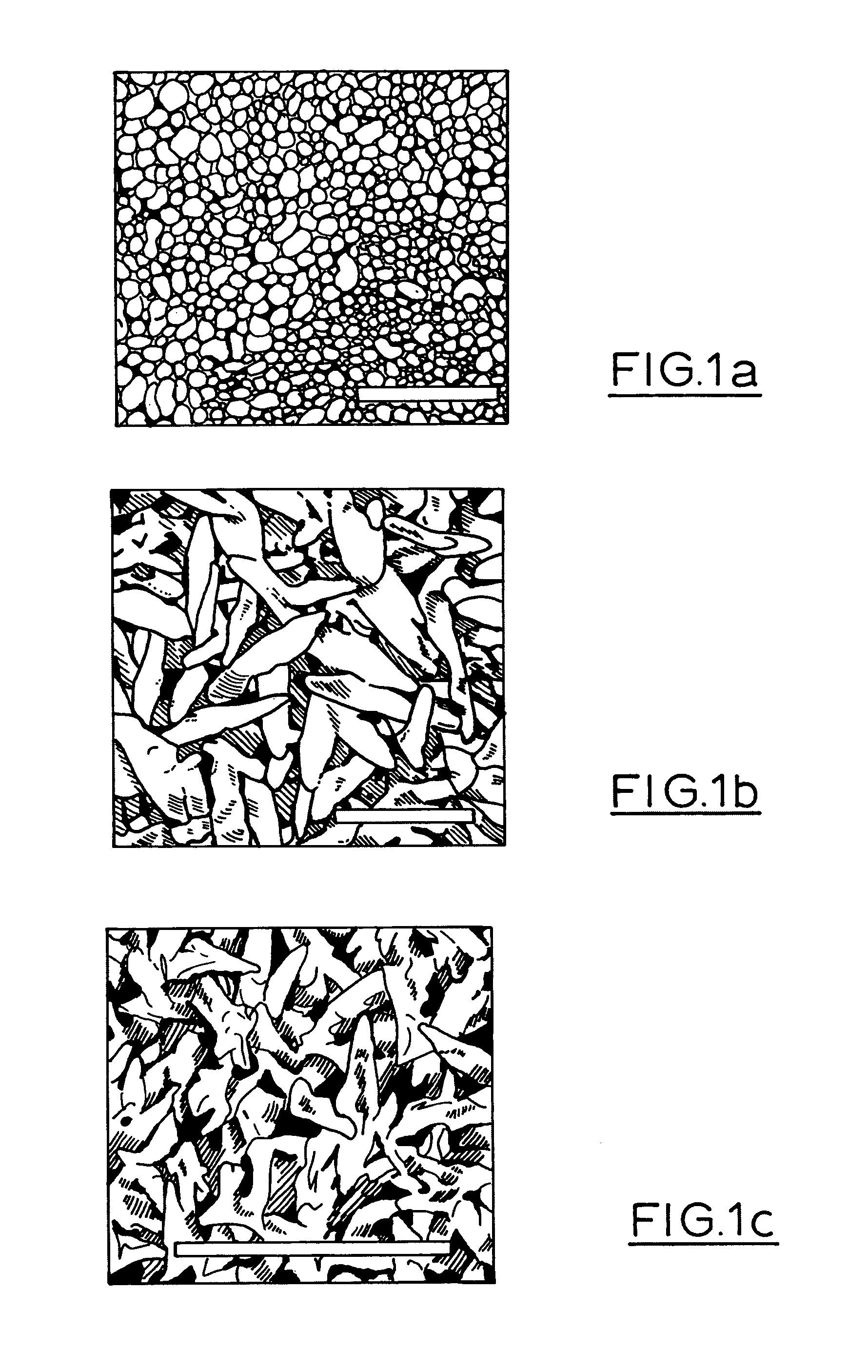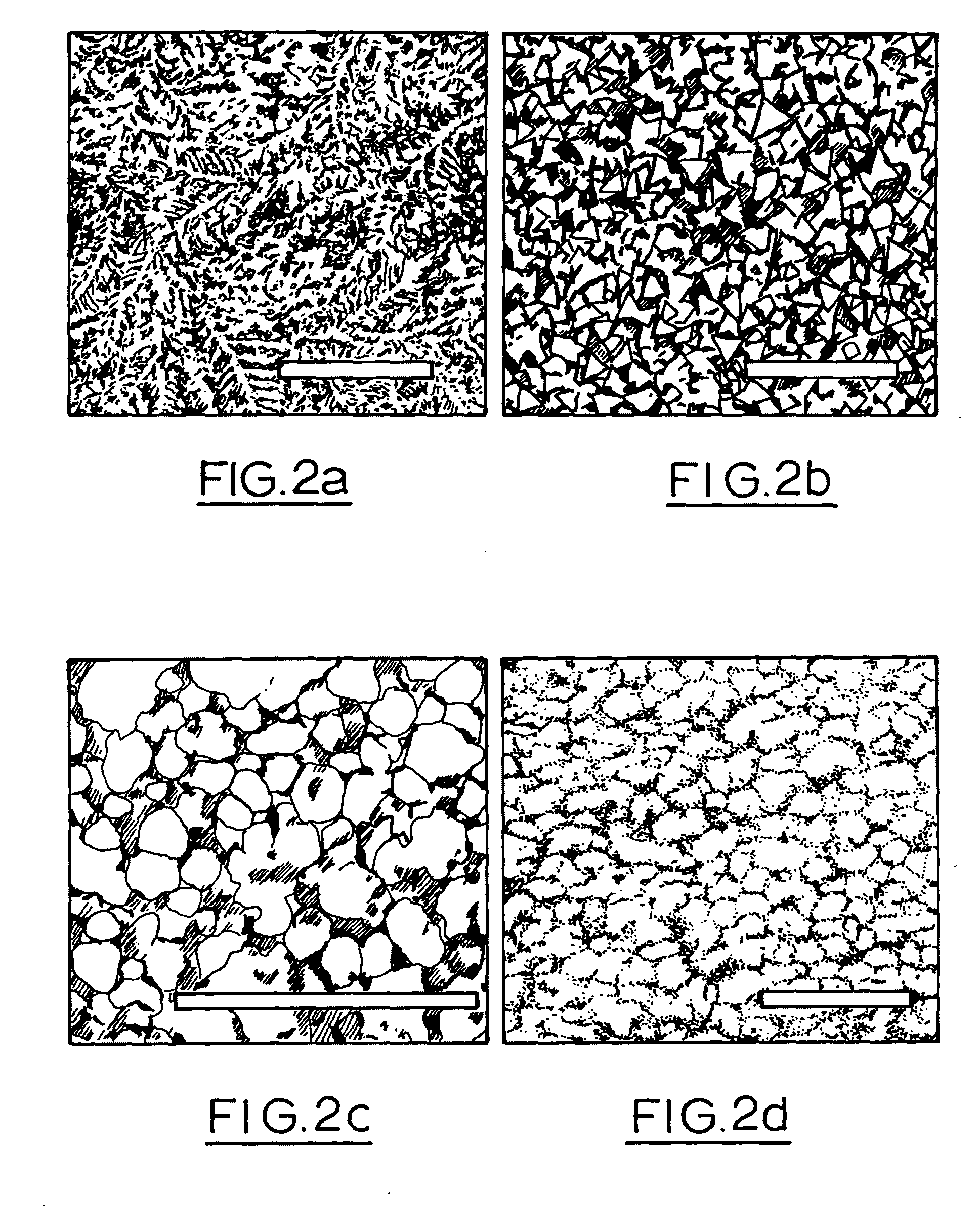Electrodeposited gold nanostructures
a nano-structure and electrodeposited technology, applied in the field of nanomaterials research, can solve the problems of limiting the applicability of metal nanoparticles for real-world applications, little research done concerning the formation of non-mobile nanostructures formed on rigid substrates, and the inability to synthesise nanomaterials on rigid surfaces. shape-controlled
- Summary
- Abstract
- Description
- Claims
- Application Information
AI Technical Summary
Benefits of technology
Problems solved by technology
Method used
Image
Examples
example
Mercury Sensing
[0137]The nanospike and nanoprism structures have high activity and have been observed to have increased response magnitude toward mercury vapour when compared to non-modified surfaces. FIG. 9 shows a typical sensor response towards 5 pulses of mercury vapour between the concentration range of 1.02 and 10.55 mg / m3 at an operating temperature of 89° C. (±3° C.). It can be seen that the nanospike sensor has a large response magnitude up to 180% higher than the non-modified. Similarly FIG. 10 demonstrates that alternative nanostructures formed by the variations of the methods detailed herein can also show comparable sensor performance: a) non-modified, b) poorly formed electroplated surface, c) short nanoprisms, d) nanoprisms and e) an alternative nanospike surface. Both the nanoprisms and nanospikes are shown to have comparable performance.
[0138]It should be noted that the most tested nanostructures are the nanospikes. A sensor with nanospike surface has been vigorously...
PUM
| Property | Measurement | Unit |
|---|---|---|
| temperature | aaaaa | aaaaa |
| temperature | aaaaa | aaaaa |
| temperature | aaaaa | aaaaa |
Abstract
Description
Claims
Application Information
 Login to View More
Login to View More - R&D
- Intellectual Property
- Life Sciences
- Materials
- Tech Scout
- Unparalleled Data Quality
- Higher Quality Content
- 60% Fewer Hallucinations
Browse by: Latest US Patents, China's latest patents, Technical Efficacy Thesaurus, Application Domain, Technology Topic, Popular Technical Reports.
© 2025 PatSnap. All rights reserved.Legal|Privacy policy|Modern Slavery Act Transparency Statement|Sitemap|About US| Contact US: help@patsnap.com



